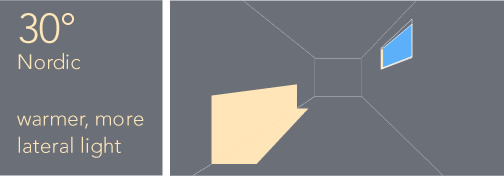
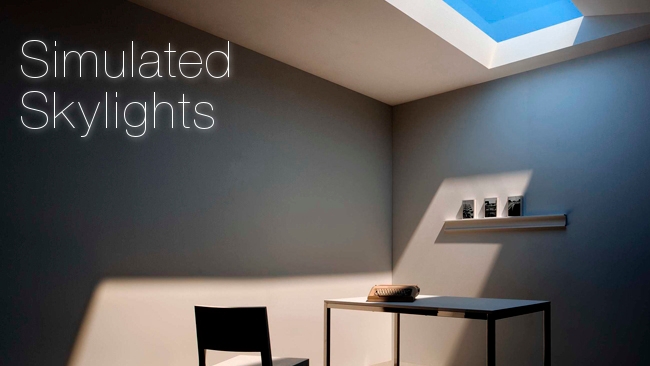 CoeLux: Simulated Skylights
CoeLux: Simulated Skylights
Phil Rhodes profiles a CoeLux, a new simulated skylight marketed to hotels and upscale residences, and explores whether such a product could be utilized for filmmaking.
Simulating exteriors in the studio is something that's often required, whether to create meteorological conditions that aren't reliably available or simply to provide a full day to shoot that complex magic hour scene. The prototypical approach to creating the depth-less light of a sky, whether that includes a big, powerful, hard source to simulate the sun or not, is either a lot of fluorescent light or spacelights. These spacelights are essentially large drums made of diffusion material and hung overhead, internally illuminated by something like six one-kilowatt linear halogen lights. Big daylight simulation rigs can become very demanding of power and, as a result, air conditioning, and it's no surprise to find that LED and fluorescent spacelights exist, too.
None of this, however, offers a particularly realistic simulation, especially if it will appear in reflections – even just in people's eyes. Some productions, especially car commercials, use truly enormous overhead diffusion or bounce panels many tens of feet square, to define the vehicle solely by the way it reflects. These panels produce a seamless area of light and may be made of box lighting truss suspended from the grid overhead by chain hoists, so that they can be angled appropriately. Even in these rather abstract cases, the film industry regularly goes to significant effort to create something approximating a sky, and we haven't even begun to talk about the issues of inserting a sky in postproduction, which means, of course, lighting a greenscreen.
And this is all before we've considered actually simulating the sun. Creating a source of equivalent intensity is difficult, but given exposure controls, it isn't necessary. What's difficult about true sunlight is that it's parallel: the sun is so huge and so very far away that shadows cast by it don't diverge, other than the amount of softening caused by the apparent size of the sun. The blue colour is created by Rayleigh scattering, an effect of physics at the level of individual atoms and photons that produces many of the colours we see in the sky.
So the sky, then, is an extremely large, extremely distant emitter of huge amounts of bluish light with, often, a very small source of even more enormous amounts of white light. Humans are well-habituated to identifying this sort of lighting and it's the sort of thing that architects like design into their buildings via skylights. Catering to that need is CoeLux, a new design of – er – well...
The most reductive way to describe it would be as a skylight simulator, a device which can be built into a ceiling and give a very convincing impression of a real skylight with blue sky and visible sun.
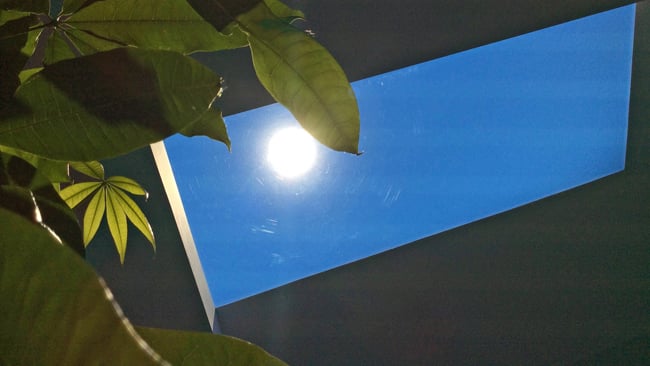
As we've seen, there are various ways to approximate this, but the CoeLux design incorporates a new design of diffuser which accurately simulates the Rayleigh scattering of the atmosphere to create the blue light.
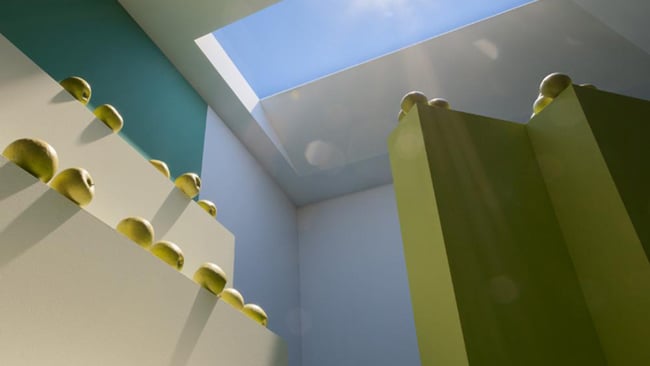
A few feet behind the diffuser (and thus setting the depth of the whole assembly) sits the LED cluster providing both the hard sunlight and driving the blue irradiance for the sky light. The parallel-ray problem is hard to solve, but it's not something that stands out if the observer isn't being deliberately analytical. CoeLux are promoting versions designed to simulate various kinds of sunlight, having performed some quite advanced simulations and mathematics to match spectral output at various apparent sun angles in various locations. They're referred to as "Mediterranean," "Tropical" and "Nordic," with according variations in colour temperature.
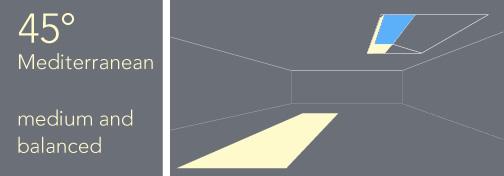
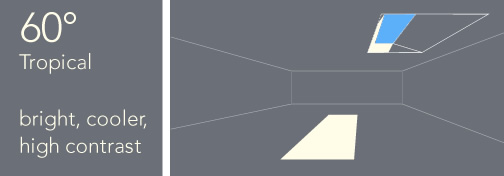
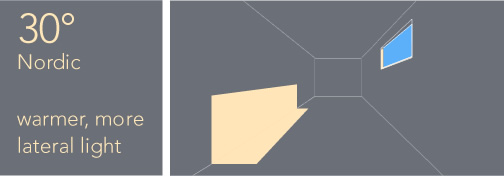
The result is highly convincing and has been proposed for all sorts of applications, perhaps most prominently things like hotels, retail premises and very, very upscale private residences.
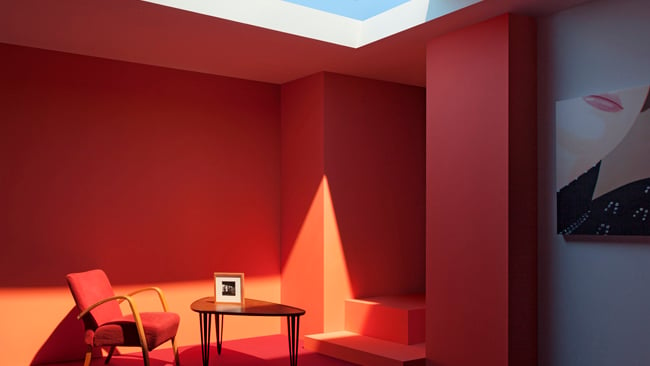
Speculation around the idea of making this sort of thing relevant for filmmaking must remain solely that, but it doesn't seem like a completely unreasonable idea to put an HMI behind the same type of panel, assuming the output of moviemaking lights would interact with the specially designed panel appropriately. Making really large panels might be a challenge, but either way, it's an interesting new bit of technology.
Tags: Production


Comments